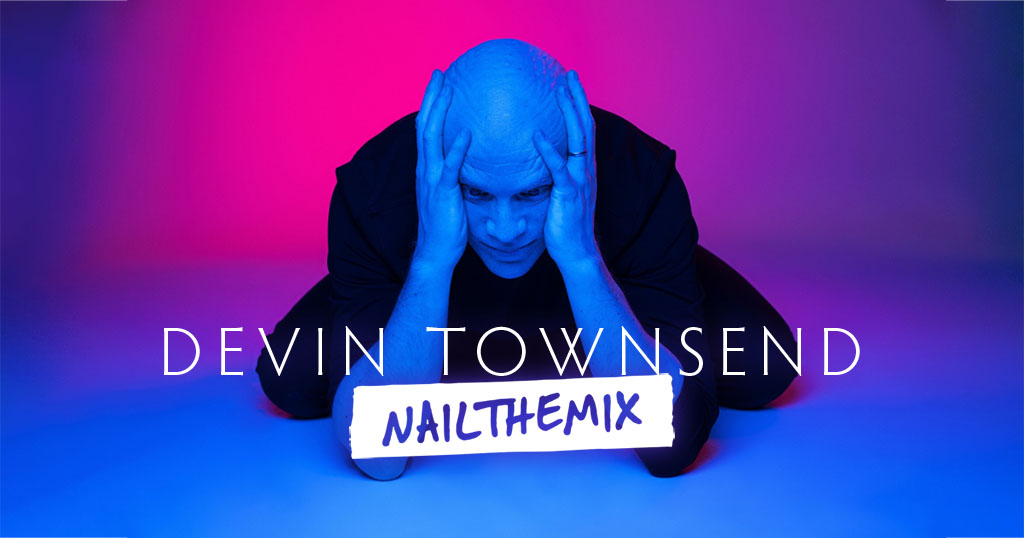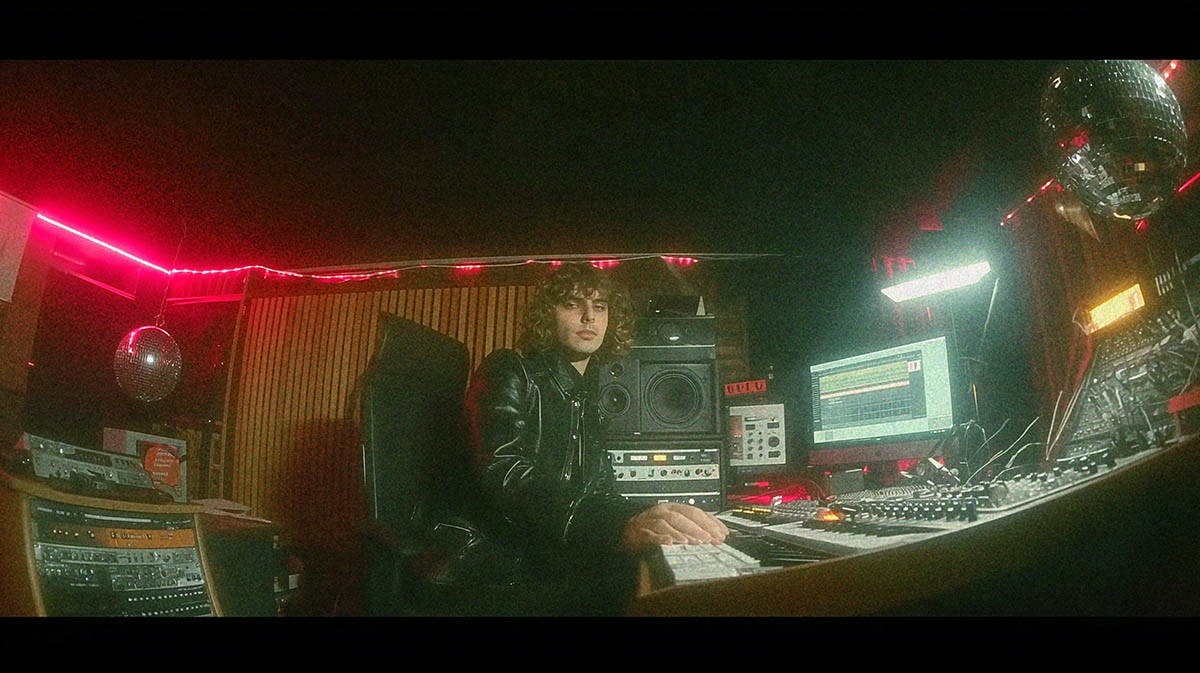
Hacking Your Mix Template: Nick Morzov’s Animals As Leaders Workflow
Nail The Mix Staff
Let’s be real, an Animals As Leaders track is a technical and creative beast. The sheer density of information—polyrhythmic drums, overlapping guitar harmonies, and synths—can be a nightmare to organize, let alone mix. A clean, efficient session is more than just a nice-to-have; it’s the foundation that allows for creative decisions without getting bogged down in technical troubleshooting.
We got a look inside the actual production session for an Animals As Leaders track with producer/mixer Nick Morzov. He broke down his unconventional and highly effective approach to routing and gain staging, revealing how he tames the chaos. Forget what you think you know about traditional busing; this is about building a template that works for you.
Taming the Chaos: A Creative-First Session Layout
First off, it’s refreshing to see that a session for a band this complex isn’t always perfectly pristine. Nick revealed a layout that prioritizes creative flow over perfect labeling. You’ll see tracks named “audio 8.01” and others that were clearly added on the fly during moments of inspiration. The key takeaway? Creativity is messy, and that’s okay.
Instead of strict naming conventions, he often relies on a chronological layout. Tracks that appear earlier in the song are higher up in the Pro Tools session, and parts that come in later are further down. This “mental map” allows for quick navigation without needing to stop the vibe to name every single track “L GTR Crs V2 Take 4.”
For broader organization, simple track folders for guitars, bass, and synths keep the main edit window from looking like an endless scroll. This approach proves that your session doesn’t need to be color-coded to military spec; it just needs a system that you understand so you can work quickly.
The VCA Masterclass: Gain Control Without The Headaches
This is where Nick’s template really diverges from the norm. While most of us instinctively route our instrument groups (all drums, all guitars, etc.) to submixes or aux tracks for group processing and level control, Nick avoids it for almost everything except the drums. Instead, he leans heavily on VCAs.
A VCA (Voltage Controlled Amplifier) fader doesn’t pass audio. Think of it as a remote control for a group of faders. You can assign your kick, snare, and tom tracks to a “Drums VCA,” and moving that one fader will raise or lower the individual track faders proportionally.
So, why go this route instead of a standard bus? Nick has some killer reasons.
Forcing Simplicity and Preserving Headroom
This is a brilliant self-imposed limitation. If you send all your guitars to a single guitar bus, what’s the first thing you’re tempted to do? Slap on more EQ, more compression, more saturation. By using a VCA, which passes no audio, you remove that temptation entirely. It forces you to get the sounds right at the source and on the individual tracks, preventing you from adding layers of processing that might just be making things worse.
Protecting Your Effects Sends
This is arguably the most powerful reason to use VCAs for level control. Let’s say you have a reverb sent from your snare track. If the snare is bussed to a “Drum Group” fader, and you pull that group fader down, you’re lowering the level of the dry snare going into the reverb send. This completely messes up your carefully crafted dry/wet balance.
Because a VCA controls the actual track fader itself (which is typically post-send), it lowers the level of the dry snare and the level being sent to the reverb proportionally. Your dry/wet balance remains perfectly intact. This is a game-changer for maintaining consistency in your mix as you make macro level adjustments.
Dodging Latency Landmines
Especially in older versions of Pro Tools, bus and side-chain delay compensation could be a real problem. Routing dozens of tracks through multiple busses could introduce small but significant latency and phase issues that were a pain to manually correct. Using VCAs for level control bypasses this problem, as you aren’t adding another stage of audio routing. It keeps the signal path clean and direct.
Smarter Effects Routing: The Pre-Fader Send Trick
Here’s another simple but effective workflow hack. Most of us default to post-fader sends for our time-based effects like reverb and delay. Nick, however, often uses pre-fader sends.
Why? It makes troubleshooting a breeze. By setting the send to pre-fader, he can pull the dry track’s fader all the way down and solo the reverb return bus. This allows him to hear only the reverb. If there’s a weird resonance, a nasty pre-delay, or some other issue in the effect itself, he can isolate and fix it without the dry signal cluttering things up.
Rethinking Your Drum Busses and Room Mics
While guitars and bass go straight to the main output, the drums get special treatment. Nick routes all the drum tracks to a single bus input, which then feeds two separate aux tracks: a “wet” and a “dry-ish” bus (which he hilariously labeled “labia majora” and “labia”). This parallel setup allows him to blend two different flavors of drum processing for the perfect balance of punch and character.
He also makes a crucial point about room mics. The session came with a ton of them, but many were left unused. Why throw away free ambience? Because in this dense, technical mix, the added “flam” and potential phase incoherence from distant mics created more problems than they solved. It’s a powerful reminder: just because you have a track doesn’t mean you have to use it. Making the call to mute something that isn’t helping is just as important as any EQ or compression move you make.
Ready to See It in Action?
Reading about these techniques is one thing, but seeing how they’re applied in a real-world, high-pressure mixing session for a band like Animals As Leaders is another. With Nail The Mix, you don’t just get theory; you get to watch the pros who mixed your favorite albums work their magic on the real multi-tracks.
Animals as Leaders on Nail The Mix
Nick Morzov & Javier Reyes mixes "Red Miso"
Get the Session
If you’re ready to move past generic tutorials and see how world-class producers build their sessions and sculpt iconic tones, check out our full Animals As Leaders mix session with Nick Morzov. You’ll get the raw session files and watch him explain every single decision, from his unique VCA workflow to his final processing chains. Take your skills to the next level and unlock your sound with us at Nail The Mix.
Get a new set of multi-tracks every month from a world-class artist, a livestream with the producer who mixed it, 100+ tutorials, our exclusive plugins and more
Get Started for $1






